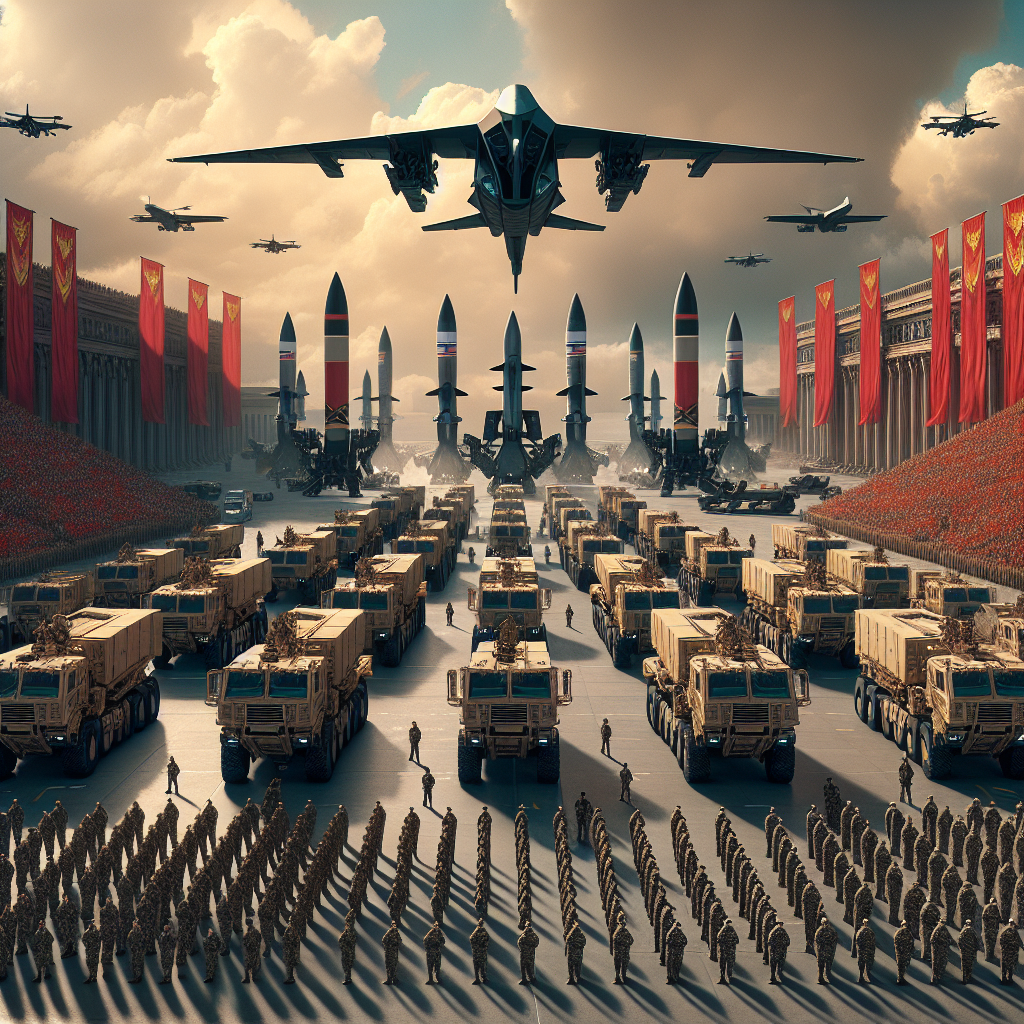Over the past several years, China has steadily intensified its military maneuvers in the vicinity of Taiwan, a pattern of behavior that carries profound symbolic and strategic weight. These actions not only convey Beijing’s sharp disapproval of Taipei’s current leadership, which it views as challenging its claim of sovereignty, but they also serve as a deliberate display of strength designed to signal the readiness and modernity of its armed forces. In this way, China’s conduct functions simultaneously as a political warning and a military demonstration intended to project confidence and discourage external interference.
A striking example of this strategy unfolded in April, when the Chinese People’s Liberation Army carried out an extensive two‑day drill within the sensitive waters of the Taiwan Strait. Over the course of this exercise, the PLA engaged in simulated precision strikes, orchestrated large‑scale joint blockade operations, and sought to establish temporary operational dominance over critical maritime corridors. These maneuvers, framed by Beijing as legitimate training, were swiftly and firmly condemned by both Taiwan and the United States. Officials in Taipei and Washington dismissed the drills as perilous and highly destabilizing, emphasizing that such rehearsals eroded regional security and heightened the risk of miscalculation, while also characterizing them as shocking displays of aggressive intent.
The response from Washington is complicated by the longstanding ambiguity that defines U.S. foreign policy regarding the defense of Taiwan. While America has not made an explicit commitment to intervene militarily should an invasion occur, much of Beijing’s strategic armament is engineered with the expectation that it must restrain and, if necessary, deter American power projection in the wider Indo‑Pacific. This recognition—that competition with the United States is both inevitable and central—has shaped the trajectory of China’s military modernization and its pursuit of advanced weaponry.
Over the last decade, China has unveiled an array of intermediate‑range ballistic missiles that it asserts are capable of striking targets as distant as Guam. This Pacific island, located roughly 2,500 miles from mainland China, hosts vital U.S. military installations that serve as logistical and strategic hubs for operations throughout Asia. Because of these missiles’ capacity to theoretically disable or neutralize American infrastructure there, defense experts and analysts have repeatedly referred to them with the ominous nickname “Guam Killers.” The moniker underscores the profound implications such systems hold not only for regional stability but also for the balance of deterrence between the two major powers.
In parallel with these developments, the Pentagon has increasingly portrayed China as its foremost comparator and principal pacing challenge, a benchmark against which new weapons systems and force structures are now measured. This classification signals that the United States views Beijing’s expanding arsenal as the most consequential driver of contemporary military planning. For China, then, unveiling its most advanced munitions and demonstrating their capabilities is both a matter of national pride and, more importantly, a calculated attempt to influence the perceptions of American defense planners.
According to defense analyst Xu, the deliberate showcasing of next‑generation weaponry functions as a carefully crafted message aimed at reinforcing Beijing’s deterrent posture. By parading these technologies in spectacular fashion, China aspires to remind U.S. strategists that its forces possess credible strike options capable of targeting sensitive American positions scattered across the Indo‑Pacific. As Xu explained, the symbolism of such displays transcends conventional celebration; rather, these exhibitions communicate potent signals designed to dissuade the Pentagon from underestimating China’s expanding reach. In his view, the spectacle of military parades is thus inseparable from the broader geopolitical contest, serving as a stage upon which power, deterrence, and strategic resolve are projected to the world.
Sourse: https://www.businessinsider.com/satellite-china-victory-day-parade-anti-ship-missiles-us-navy-2025-8



